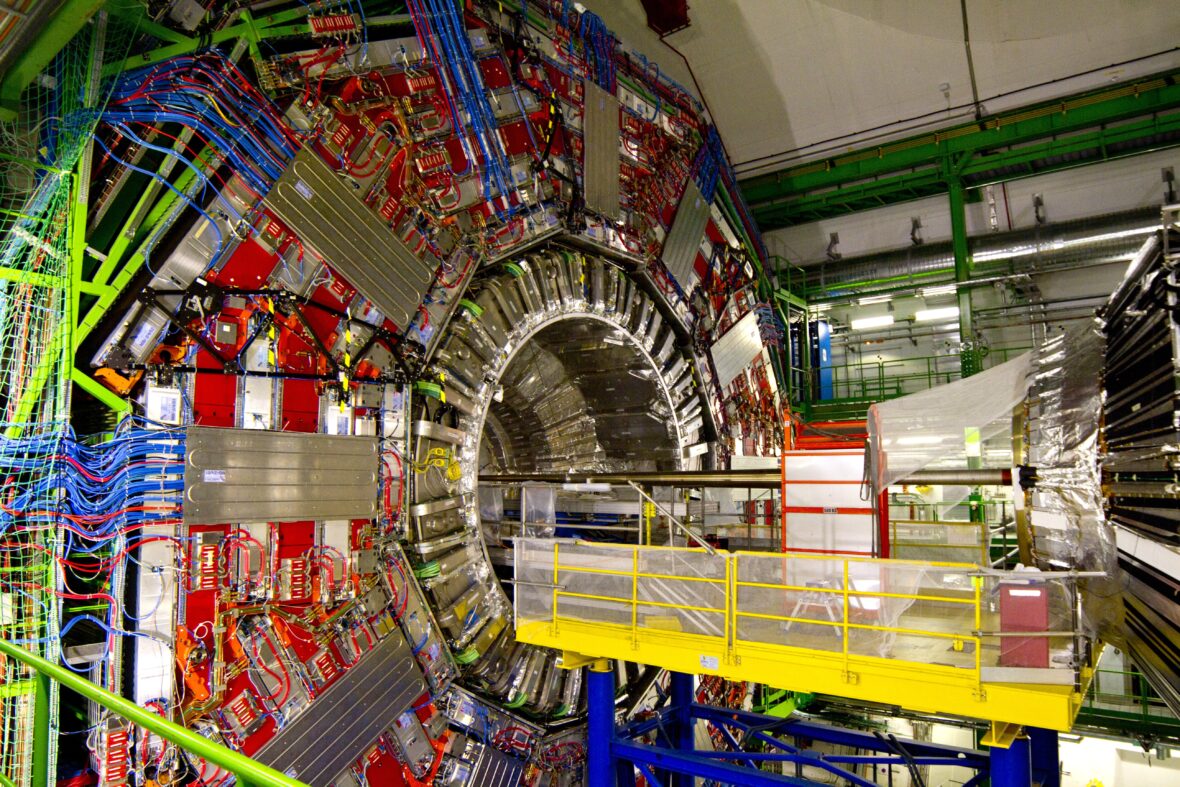German and US nuclear safety specialists say that the solid-fuel, high-temperature pebble-bed nuclear reactor soon to become operational in China may need additional features and an extended start-up phase.
The HTR-PM is a small modular nuclear reactor being developed in China. It is a high-temperature gas-cooled (HTGR) pebble-bed generation IV reactor partly based on the earlier HTR-10, a 10 MWt prototype pebble bed reactor at Tsinghua University in China.
Work on the HTR-PM power plant, consisting of two reactors driving a single steam turbine, began in December 2012 at the Shidao Bay Nuclear Power Plant, on the east coast of the body of water that separates China from the Korean peninsula.
The power plant is expected to come online later this year and is said to be China’s first “Generation IV” reactor to enter service. And while the new design is being touted as safer – researchers in the U.S. and Germany warn this does not eliminate the possibility of a serious accident.
The warning in the form of a commentary published August 23, in the journal Joule, recommends continued research, additional safety measures, and an extended startup phase that would allow for better monitoring.
„There is no reason for any kind of panic, but nuclear technology has a risk in any case,” says first author Rainer Moormann, a nuclear safety researcher based in Germany, Reports Science Daily. „A realistic understanding of those risks is essential, especially for operators, and so we urge caution and a spirit of scientific inquiry in the operation of HTR-PM.”
What makes a pebble-bed reactor different?
The two HTR-PM units are scaled up versions of the HTR-10 with 250-MWt capacity. The HTR-10 was modeled after the German HTR-MODUL. Like the HTR-MODUL, the HTR-10 is claimed to be fundamentally safer, cheaper and more efficient than other nuclear reactor designs.
The HTR-10 has gone through extensive testing and experiments, according to China’s Institute of Nuclear and New Energy Technology and the reactor has an all-around computerized protection system and in-depth defense principles.
In a pebble-bed reactor, the fuel – which contains uranium enriched to lower degree than conventional nuclear fuel – is packed into spherical particles surrounded by layers of ceramic and the coolant is helium under moderate pressure (around 30 atm).
This fuel configuration was originally used in Germany with the HTR-MODUL in the 1960s to breed uranium from thorium fuel. Outlet temperature ranges between 700 and 950 °C (1,300–1,750 °F), compared to 300°C for a PWR, which allows these reactors to generate hydrogen as a byproduct efficiently. This fuel configuration is supposed to make these reactors impervious to meltdowns, even in the event of a total loss of coolant.
„Pebble-bed reactors have been described by their supporters as ‘free from catastrophes’ and ‘walk away safe,” Moormann says. He also claims the soon-to-be-operational HTR-PM has been built without the safeguards that nuclear reactors in operation today are usually equipped with.
This means the HTR-PM possibly might not have a high-pressure, leak-tight containment structure to serve as a backup in case of an accidental release of radioactive material. It may not have a redundant active cooling system.
„No reactor is immune to accidents. The absence of core meltdown accidents does not mean that a dangerous event is not possible,” Moormann says. And while Moormann and his co-authors Scott Kemp and Ju Li of the Massachusetts Institute of Technology acknowledged the potential of HTGRs and support further research into them, „HTGR designs with what’s known as a prismatic core seem to be less problematic than the pebble-bed one, so development work should concentrate on that,” he says.
„There was already some controversy about pebble-bed HTGRs, but my impression was that many problems with them were not sufficiently published and thus not known to some of my colleagues,” says Moormann. „I hope that the pros and cons will be broadly discussed.”
Sursa: digitaljournal.com



